As a iconic variety of Taiwanese oolong tea, Dongding Oolong is renowned in the tea world for its unique hemispherical appearance, rich aroma, and mellow taste. Its brewing method not only follows the common techniques of oolong tea but also needs to fit the characteristics of Taiwanese oolong, which is "with high fragrance and long lingering charm". This article will systematically explain the origin, appearance characteristics, brewing steps, utensil differences, and tasting etiquette of Dongding Oolong, helping you get started with the brewing essence of this classic Taiwanese oolong and experience its unique flavor like "high mountain clouds and mist".
1. Basic Cognition of Dongding Oolong: Origin and Appearance Code
Core producing area: Strictly produced in Dongding Mountain (transliterated as "Frozen Summit", originally named "Cave Summit") in Taiwan Province, China. The mountain has steep terrain, perennial clouds and mist, and large temperature difference between day and night, providing an ideal condition of humid, foggy, and fertile soil for tea tree growth, making it one of the core producing areas of Taiwanese oolong tea;
Naming origin: "Dongding" (Cave Summit) specifically refers to the depression on the top of the mountain where tea trees grow. Clouds and mist linger here all year round, and tea trees are nourished by dew, with thick and juicy leaves, laying a material foundation for flavor accumulation;
Variety status: As a representative of Taiwanese oolong tea, Dongding Oolong, together with Alishan Oolong and Gaoshan Oolong, forms the "fragrance system" of Taiwanese tea. However, its unique hemispherical craftsmanship makes its flavor more intense.
Shape characteristics: Dry tea presents a hemispherical tight shape, similar to the appearance of Tieguanyin. This is a "spherical structure" formed by the rolling process, which can lock the aroma and gradually unfold to release internal substances during brewing;
Color discrimination: The color of dry tea varies from dark green to brownish green. The tenderness of tea leaves can be judged by the color:
Those mainly green or dark green with uniform color have tender raw materials and fresh aroma;
Those with dark brownish green and yellowish-brown spots may have older raw materials or slightly heavier roasting, with a more mellow taste;
Dry tea observation: Before brewing, carefully observe the tightness and color of dry tea. Tea leaves with high tightness are more durable and need longer brewing time; those with uneven color need to pay attention to uniform heating during brewing.

2. Preparation for Brewing Dongding Oolong: Key Role of Moistening Infusion
Awakening activation: Through hot water infiltration, the hemispherical dry tea initially absorbs water and expands, breaking the tight structure and opening channels for the precipitation of subsequent effective substances;
Moistening protection: Let tea leaves adapt to temperature in advance to avoid cell shrinkage caused by excessive temperature difference during formal brewing, which affects aroma release;
Quality prediction: By observing the unfolding speed and soup color change of tea leaves during moistening infusion, the freshness and richness of internal substances of tea leaves can be preliminarily judged. Those with uniform unfolding and clear soup color are of better quality.
Water injection points: Pour hot water that completely submerges the tea leaves into the utensil (the amount of water is based on covering all dry tea) to ensure that every piece of tea leaves can fully contact with water, avoiding uneven brewing caused by local dryness;
Time control: After the tea leaves start to slowly unfold (about 5-10 seconds), pour out the tea soup quickly (this soup is not for drinking) to avoid premature precipitation of bitter substances due to long soaking;
Effect observation: After pouring out the awakening tea water, observe the state of tea leaves. High-quality Dongding Oolong will show a state of "slightly unfolded edges and tight center". At this time, the tea leaves have initially wake ready for formal brewing.
3. Formal Brewing Steps: Precise Control of Techniques and Details
Water flow strength: Adopt the method of "slow flow and low pouring", slowly inject hot water along the inner wall of the utensil, avoiding direct flushing of tea leaves with water flow to prevent them from rolling and breaking. If hemispherical tea leaves are broken by impact, tea polyphenols will be released excessively, and the tea soup will easily taste bitter;
Water temperature standard: Use 95-98℃ hot water (close to boiling water but not violently rolling). High temperature can fully stimulate the floral, fruity, and honey aromas of Dongding Oolong. If the water temperature is insufficient (below 90℃), the aroma will be plain and the taste will be weak;
Water amount control: Inject water to 4/5 of the utensil's capacity (such as 120ml gaiwan filled to 90ml), leaving space to avoid soup overflow and providing enough space for tea leaves to unfold.
Foam treatment: If a small amount of foam appears on the surface of the tea soup (due to natural saponin substances in tea leaves), gently scrape it off with the lid of the pot to avoid foam affecting the clarity and taste of the tea soup;
Temperature maintenance: After pouring out the awakening tea water, evenly pour the remaining hot water over the outer wall of the pot or gaiwan. Maintain the temperature of the utensil by "external heating", which is especially suitable for winter or when the ambient temperature is low, and can enhance the release of tea aroma;
Utensil preparation: Before formal brewing, thoroughly pour out the residual water from the warm cup to ensure the utensil is dry and avoid diluting the tea soup concentration.
First infusion time: The first infusion needs to be served in time, and the brewing time is controlled at 15-20 seconds (after moistening infusion, the tea leaves have partially unfolded, so no long time is needed) to avoid excessive extraction leading to strong and astringent taste;
Utensil matching: Choose a teapot or gaiwan according to the capacity of the fairness cup and the number of tasting cups. Usually, 120ml utensils with 5-6 grams of dry tea can satisfy 4-6 people. If the number of people decreases (such as from 6 to 4), reduce the amount of tea or shorten the brewing time accordingly to avoid excessive remaining tea soup;
Flexible adjustment: In actual brewing, dynamically adjust according to the concentration of the tea soup. If the taste of the first infusion is too light, the second infusion can be extended by 5 seconds; if it is too strong, shorten the time to ensure balanced flavor of each infusion.

4. Utensil Differences and Tea Distribution Etiquette: Characteristic Practice of Taiwanese Oolong
Functional positioning: The incense cup is specially used for smelling aroma, not for direct drinking. Its slender cup shape can gather aroma, making it easy to capture the layered aroma of Dongding Oolong (such as orchid fragrance, osmanthus fragrance, honey fragrance);
Cultural differences: This is a significant difference between Taiwanese and mainland oolong tea brewing methods. Mainland brewing methods mostly use tasting cups for both aroma smelling and drinking, while Taiwanese oolong separates aroma smelling and tasting through the combination of "aroma cup + tasting cup", highlighting the appreciation value of aroma;
Usage specifications: The incense cup needs to be used with the tasting cup, and they are placed on the left and right to avoid confusing functions.
Tea distribution principle: When distributing tea to the incense cup and tasting cup, follow the principle of "small amount and multiple times" to ensure uniform amount of tea soup in each cup (about 30% full for the incense cup and 70% full for the tasting cup);
Capacity adjustment: Flexibly adjust the tea soup distribution according to the actual number of cups. If the original plan of 6 sets of utensils is changed to 4 sets, reduce the amount of tea or shorten the brewing time to avoid waste of remaining tea soup;
Utensil placement: Before tea distribution, place the incense cup on the right side of the cup holder and the tasting cup on the left, forming a fixed layout of "aroma on the right, tasting on the left" to facilitate the subsequent tasting process.

5. Knowledge Summary: Key Points of Dongding Oolong Brewing
Brewing Dongding Oolong is a dual experience of "aroma and ritual sense". From the nourishment of clouds and mist in Dongding Mountain to the craftsmanship of hemispherical shape; from the gentle awakening of moistening infusion to the aroma capture of incense cups; each link reflects the cultural characteristics of Taiwanese oolong tea, which is "valuing aroma, pursuing rhyme, and emphasizing etiquette". When you watch the hemispherical tea leaves slowly unfold in hot water, smell the orchid fragrance overflow from the incense cup, and sip the sweet and mellow tea soup, you will understand why Dongding Oolong can become a classic of Taiwanese oolong. Its brewing method is not only a display of techniques but also a respect and interpretation of the natural flavor nurtured by high mountain clouds and mist.


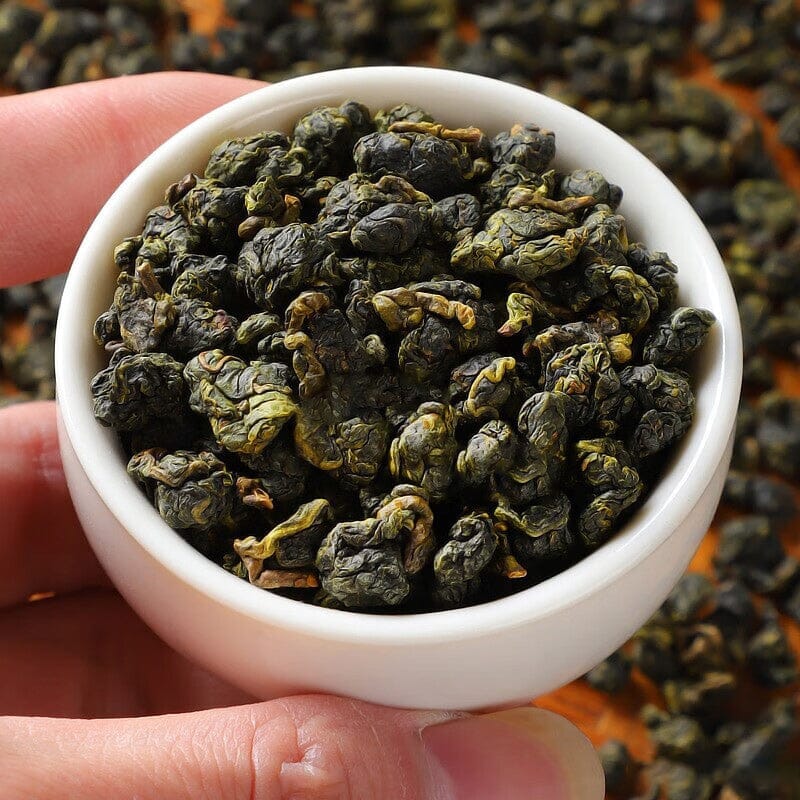
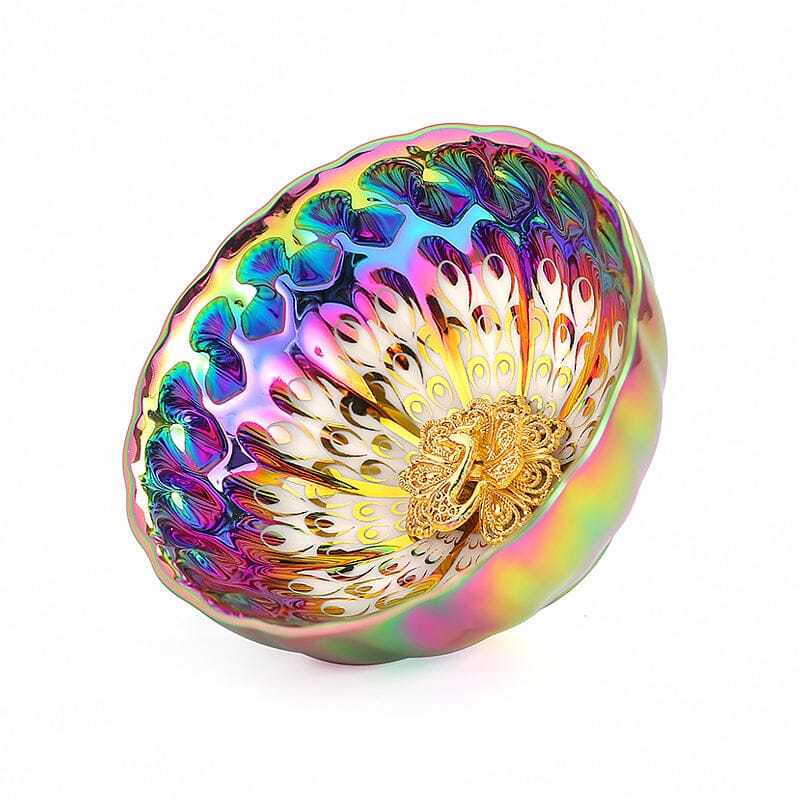


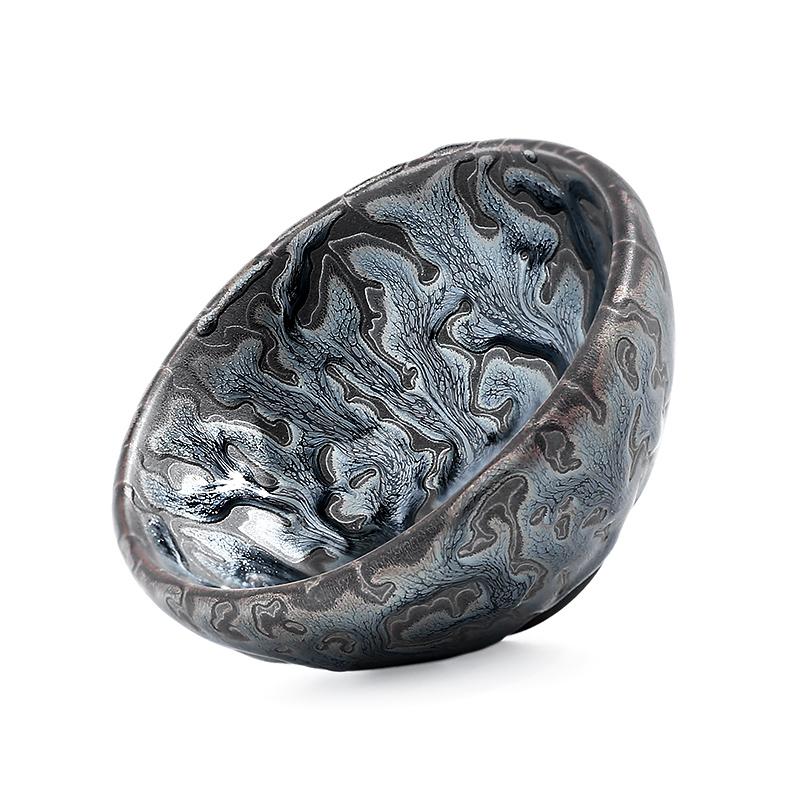
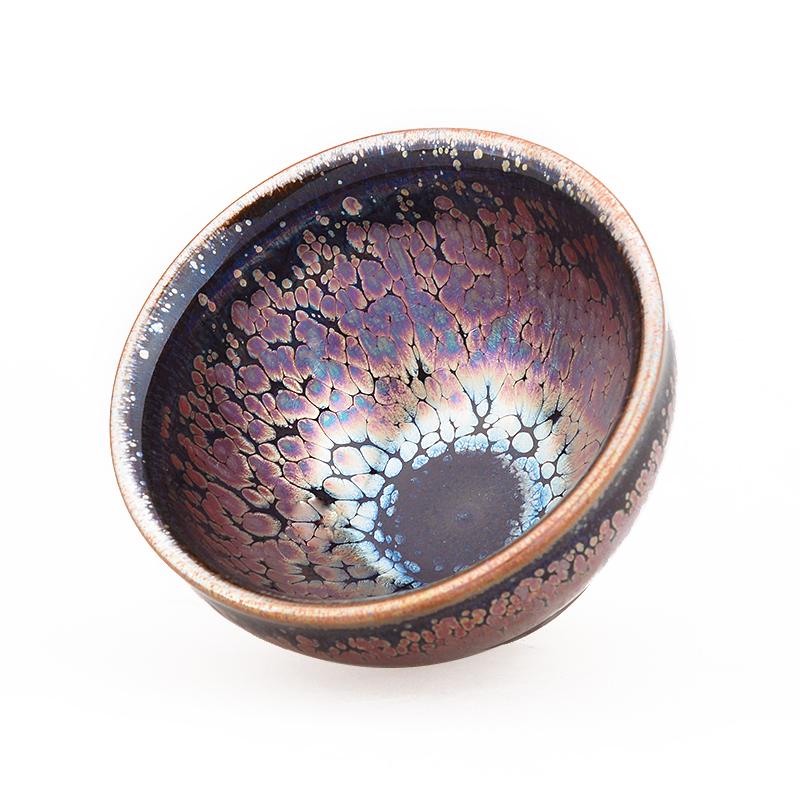
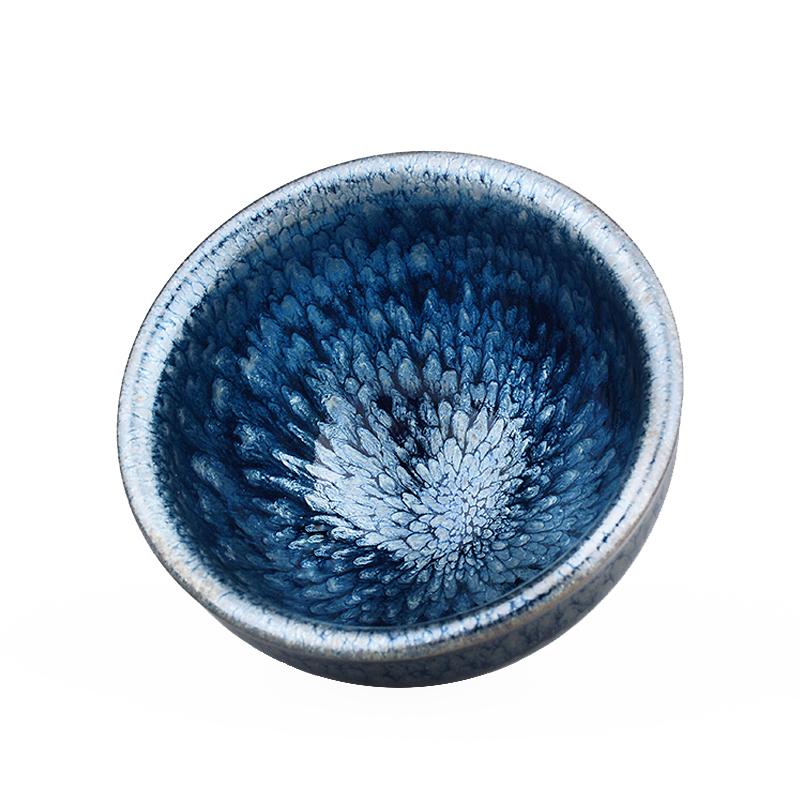
Compartir:
Brewing Oolong Tea – Tieguanyin (Part II): Advanced Techniques and Durability Control
Brewing Oolong Tea – Dongding Oolong (Part II): Advanced Guide to Utensil Selection and Quality Identification